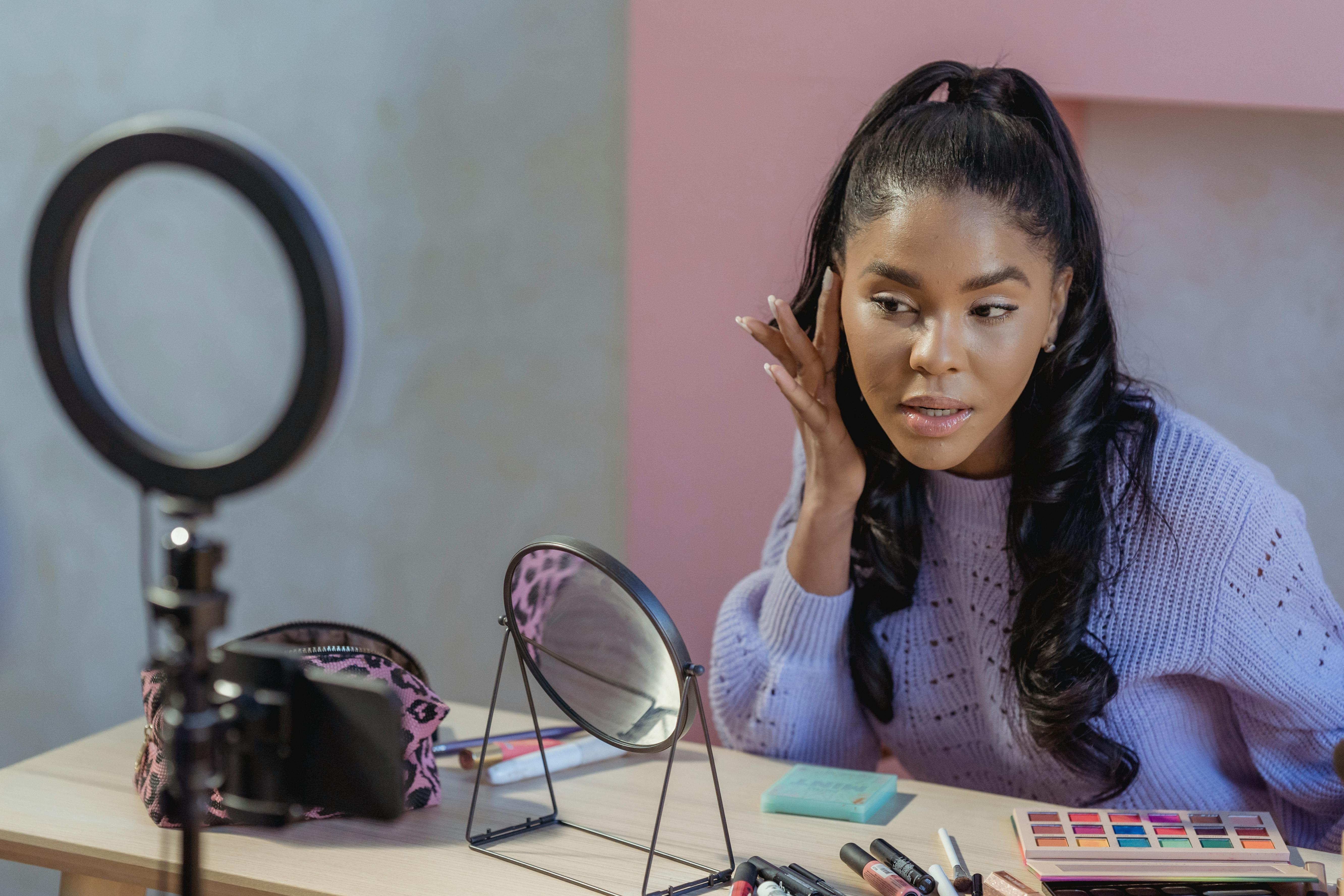How to Collaborate with Brands: A Step-by-Step Guide
In the fast-paced world of social media, collaborating with brands has become a primary revenue stream for many content creators. Whether you’re on Instagram, YouTube, TikTok, or any other platform, there’s a tremendous opportunity to monetize your influence. This comprehensive guide will walk you through the steps you need to take to start collaborating with brands. Along the way, we'll also provide tips on how to secure influencer brand deals and make the most out of your partnerships.
Step 1: Build Your Personal Brand
Before you can begin to collaborate with brands, it is essential to build a distinctive personal brand. Your unique style, voice, and content theme will attract the right brands for collaboration.
Define Your Niche
Choosing a niche helps focus your content and attract a specific audience. Whether it's fashion, technology, fitness, travel, or any other area, specialize in something you are passionate about.
Create Quality Content
High-quality content is paramount. Invest in good equipment, or learn to use what you have effectively. Consistency in quality ensures you stand out and gain the attention of potential brand partners.
Be Authentic
Authenticity is critical. Followers and brands alike value real, relatable, and genuine influencers. Stay true to yourself and your values.
Step 2: Grow Your Audience
Brands are interested in influencers who can reach and engage a large, targeted audience. Here’s how to grow your audience effectively:
Utilize Multiple Platforms
Don’t limit yourself to one platform. Use Instagram, YouTube, TikTok, and blogs to reach a wider audience. Different platforms have different strengths.
Engage With Your Followers
Engage with your audience by responding to comments, messages, and being active in your community. High engagement rates make you more attractive to brands.
Collaborate with Other Creators
Collaborating with other influencers can help you reach new audiences. It’s a reciprocal relationship that benefits everyone involved.
Step 3: Create a Media Kit
A media kit is your influencer resume. It succinctly shows brands why they should collaborate with you.
What to Include
- Bio: A brief introduction about who you are and the themes of your content.
- Audience Demographics: Provide statistics on your follower demographics, like age, gender, and location.
- Engagement Metrics: Showcase your engagement rates, average likes, comments, and shares.
- Past Collaborations: Highlight successful past collaborations with other brands.
- Contact Information: Ensure it is easy for brands to contact you.
Tools to Create a Media Kit
There are various online tools available, such as Canva and Adobe Spark. These platforms provide customizable templates to make your media kit visually appealing and professional.
Step 4: Research and Identify Potential Brands
Not all brands will be a good fit for your audience. Research to find those that align with your values and content.
Use Social Media and Influencer Platforms
Follow potential brands on social media and use influencer marketing platforms like Rodeo to find brand collaboration opportunities.
Analyze Brand Campaigns
Look at the types of campaigns brands are running, and identify if your content style and audience would be a good fit.
Check Competitor Collaborations
Look at what brands similar influencers in your niche are working with.
Step 5: Pitching to Brands
Reaching out to brands requires a professional and personalized approach.
Craft a Compelling Pitch
- Personalize Your Email: Address the brand representative by their name and mention why you are interested in their brand.
- Explain Value Proposition: Clearly articulate what you can offer the brand and how a collaboration would benefit them.
- Attach Your Media Kit: Include your media kit for reference.
Follow Up
If you don’t hear back within a week or two, it is acceptable to send a polite follow-up email.
Step 6: Negotiate Terms and Agreements
Once a brand shows interest, it is crucial to negotiate terms that are beneficial for both parties.
Understand the Brand’s Objectives
Get clarity on what the brand aims to achieve from the collaboration. This could be product awareness, increase in followers, or boosting sales.
Set Clear Deliverables
Define what is expected from you. This could include the number of posts, type of content, and deadlines.
Discuss Compensation
Be transparent about your rates and be willing to negotiate. Compensation could be monetary, free products, or other perks.
Step 7: Deliver Quality Work
After finalizing the collaboration, it is time to deliver the agreed-upon content.
Adhere to Guidelines
Follow the brand’s guidelines closely to ensure satisfaction from both ends.
Be Creative
While following the guidelines, also infuse your creativity and originality to make the content engaging and authentic.
Meet Deadlines
Timeliness is critical. Ensure you adhere to all timelines to build a reputation for reliability.
Step 8: Analyze and Report
After the campaign ends, gather data to analyze its success.
Use Analytics Tools
Employ platform-specific analytics tools to measure the performance of the collaboration.
Provide a Report
Send a detailed report to the brand showcasing the results. Highlight key metrics such as engagement rates, reach, and follower growth.
Conclusion
Collaborating with brands can be a rewarding venture for content creators. By building your personal brand, growing your audience, and pitching compellingly to the right brands, you can secure fruitful influencer brand deals. Having a well-structured process, from creating a media kit to delivering quality work, ensures that you maintain a professional relationship with brands. Follow this brand collaboration guide, and you’ll be well on your way to successful partnerships that could significantly boost your career in content creation.
Additional Resources
- How to Create an Engaging Media Kit for Influencers
- Top Platforms to Find Influencer Brand Deals
- Maximizing Engagement: A Content Creator’s Guide
By leveraging the steps and tips outlined in this article, you'll be well on your way to mastering the art of brand collaboration. Remember, the key to success is not just in finding the right brands, but also in building lasting and mutually beneficial relationships.

